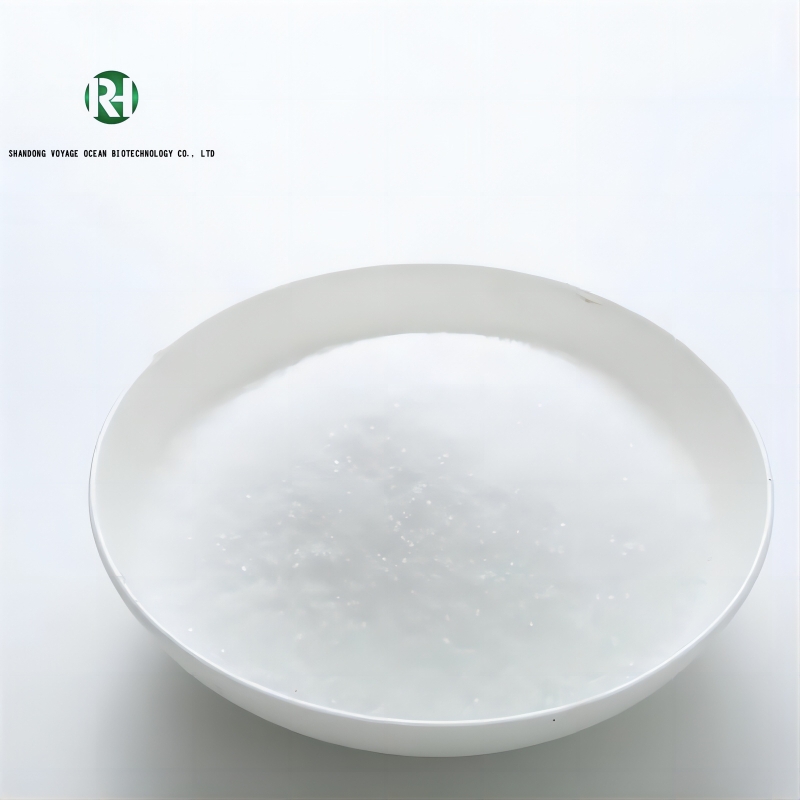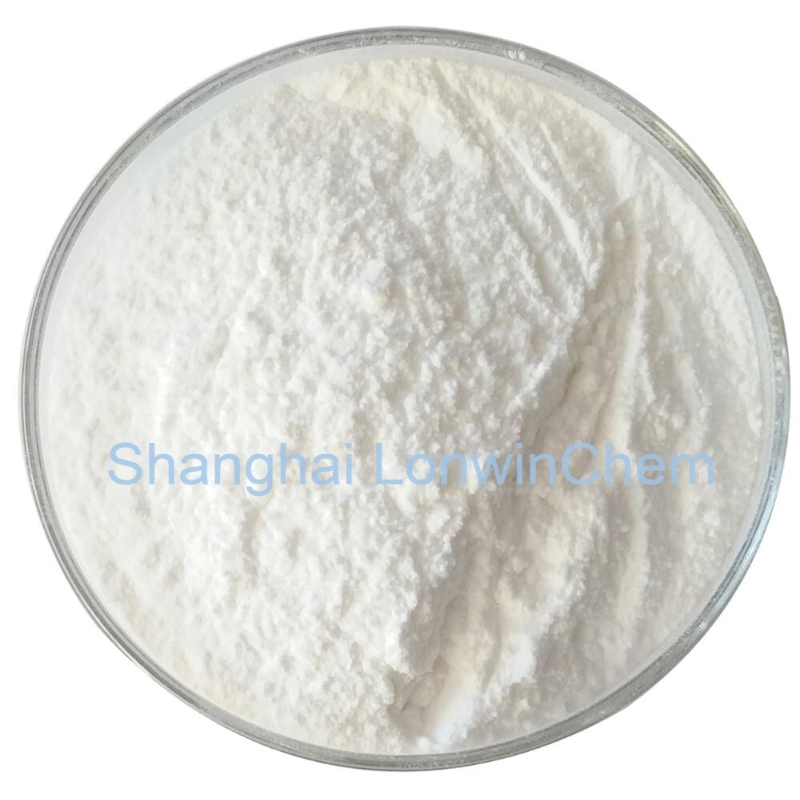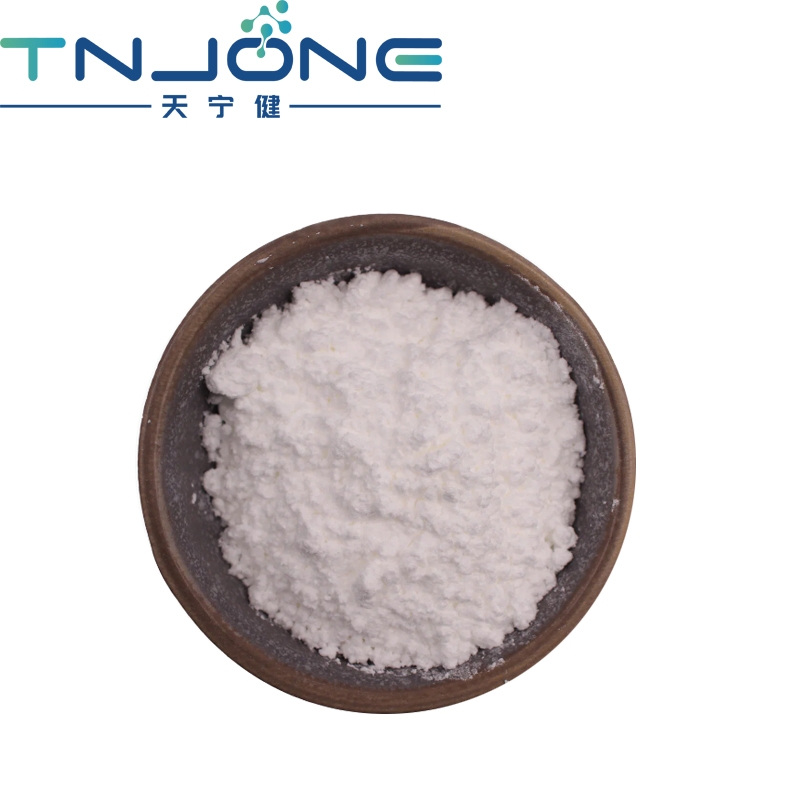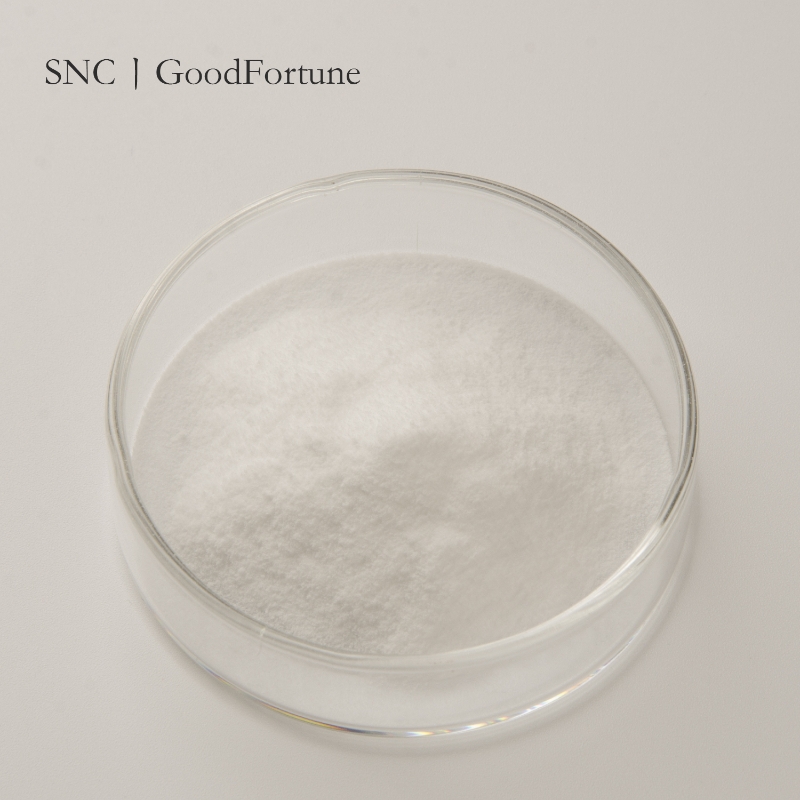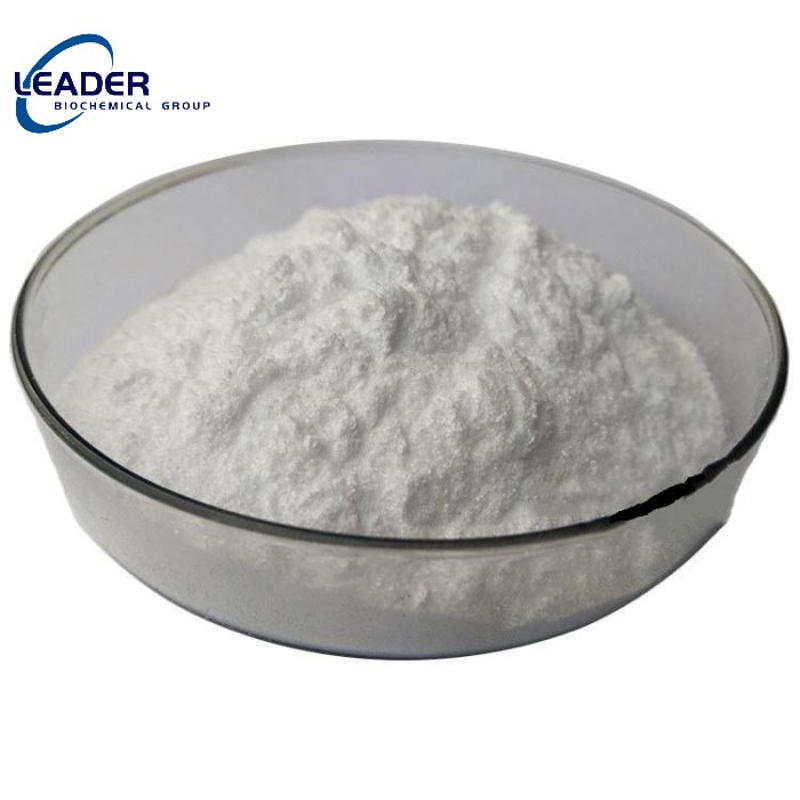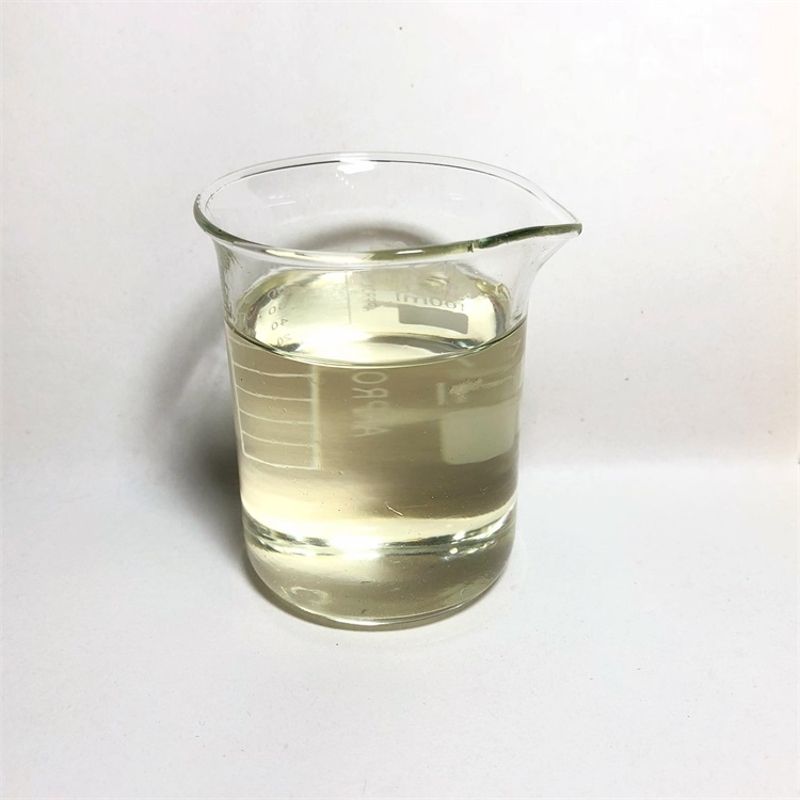Cosmetic Ingredient
- • Abrasive (124)
- • Absorbent (84)
- • Anticaking (66)
- • Anticorrosive (25)
- • Antifoaming (19)
- • Antimicrobials (290)
- • Antioxidant Ingredient (393)
- • Antiperspirant (20)
- • Antiplaque (48)
- • Anti-seborrheic (38)
- • Anti-sebum (39)
- • Antistatic (458)
- • Astringent (162)
- • Binding Agent (172)
- • Bleaching Agent (53)
- • Buffering (191)
- • Bulking (109)
- • Chelating (122)
- • Cleansing (679)
- • Cosmetic Colorant (212)
- • Cosmetic Preservative (158)
- • Denaturant (45)
- • Deodorant (98)
- • Depilatory (27)
- • Dissolving Agent (298)
- • Emollient (795)
- • Emulsifying Agent (480)
- • Emulsion Stabilising (154)
- • Exfoliating (19)
- • Film Forming (299)
- • Flavouring (72)
- • Foam Boosting (161)
- • Foaming (101)
- • Fragrance Ingredient (726)
- • Gel Forming (19)
- • Hair Conditioning (670)
- • Hair Dyeing (363)
- • Hair Fixing (36)
- • Hair Waving or Straightening (45)
- • Humectant (282)
- • Hydrotrope (92)
- • Keratolytic (20)
- • Light Stabilizer (80)
- • Moisturising Agent (50)
- • Nail Conditioning (42)
- • Occlusive (20)
- • Opacifying (119)
- • Oral Care (123)
- • Oxidising (19)
- • Perfuming (2105)
- • Plasticiser (98)
- • Propellant (19)
- • Reducing (50)
- • Refatting (12)
- • Refreshing (26)
- • Skin Cleansing (388)
- • Skin Conditioning (1751)
- • Skin Humectant (21)
- • Skin Protecting (282)
- • Smoothing (31)
- • Soothing (71)
- • Tonics (155)
- • UV Filter (34)
- • Viscosity Controlling (532)
Chemicals as Skincare Ingredients
Related News
-
Huda Beauty to Sell Kayali Stake to General Atlantic
2025-02-20 -
Skylar Clean Beauty Launches New Citrus Reverie Fragrance
2024-06-25 -
Give Back Beauty secures Mercedes-Benz fragrance licensing agreement
2024-04-17 -
BASF Aromatic Ingredients expands its Isobionics portfolio with new natural flavors
2024-03-13 -
Henry Rose raises series A funding
2023-05-15 -
LMR NATURALS BY IFF UNVEILS CARBON FOOTPRINT CALCULATION FOR FRAGRANCE
2023-01-19
Sort Fragrance Ingredient Alphabetically
Fragrance Ingredient
Get Fragrance Ingredient Raw Materials by RegionAcesulfame potassium
(55589-62-3)-
Industrial Grade / 99%
-
-
- / 0.00%
-
- / 99.00%
Acetanilide
(103-84-4)-
Industrial Grade / 99%
-
Industrial Grade / 99%
-
industrial Grade / 98%
-
Pharmacy Grade / 99%
Request for quotation , get quotes from more suppliers.
Ascorbyl palmitate
(137-66-6)-
Cosmetics Grade / 99%
$15-18/KG FOB
-
Cosmetics Grade / 99%
$110-120/KG FOB
-
Cosmetics Grade / 100%
$20-26/KG EXW
-
Cosmetics Grade / 99%
Request for quotation , get quotes from more suppliers.
-
Cosmetics Grade / 99%
-
Cosmetics Grade / 99%
-
Cosmetics Grade / 99%
-
Cosmetics Grade / 99.0%
Request for quotation , get quotes from more suppliers.
Anethole
(104-46-1)-
pharmaceutical grade/food grade / 99%
-
Pharmacy Grade / 99%
-
- / 0.00%
-
Request for quotation , get quotes from more suppliers.
Aloe barbadensis
(8001-97-6)-
Cosmetics Grade / 100%
-
- / 99.00%
-
Food Grade / 99%
-
Pharmacy Grade / 99%
Request for quotation , get quotes from more suppliers.
Acetyl tributyl citrate
(77-90-7)2. Plasticizer flavoring agent
-
Industrial Grade / 98%
-
pharma grade / 99%
-
Paint Grade / 99%
$1691-1891/MT EXW
-
Industrial Grade / 99%
Anise oil
(8007-70-3)-
Food Grade / 99%
-
- / 0.00%
-
Flavors and Fragrances Grade / 99%
-
Chemical Grade / 99%
Request for quotation , get quotes from more suppliers.
Adipic dihydrazide
(1071-93-8)-
Industrial grade / 99%
-
- / 99.00%
-
-
Pharmacy Grade / 99%
Request for quotation , get quotes from more suppliers.
Allyl caproate
(123-68-2)2. China provides that allyl hexanoate is the spices temporally allowed to use, which is commonly used in the modulation of food spices and tobacco spices with the flavor of strawberry, apricot, peach, sweet orange, pineapple, apple and other fruit. The use amount of allyl hexanoate is according to the normal production needs, such as 210 mg/kg in chewing gum, 32mg/kg in confectionery, 25 mg/kg in b
-
Industrial Grade / 99%
-
Industrial Grade / 99%
-
- / 0.00%
-
Request for quotation , get quotes from more suppliers.
More Information
There are primarily four fragrance categories:
● Citrus: Fresh scents from citrus fruits like lemon, lime, orange, and mandarin.
● Floral: Single or combined scents of flowers like rose, jasmine, gardenia, and lavender.
● Oriental: A blend of spicy, woody, balsamic, and animalistic notes, giving warm and rich aromas.
● Woody: Warm and long-lasting scents from precious woods like sandalwood, cedarwood, and agarwood.
Fragrance Analysis:
Most perfumes follow a pyramid structure with top, middle, and base notes:
● Top notes: Initially, the scent of alcohol and perfume blend is prominent.
● Middle notes: After about ten minutes, the alcohol scent fades, leaving the core fragrance.
● Base notes: Develop about thirty minutes after application, mixing with personal skin chemistry to create a unique scent.













